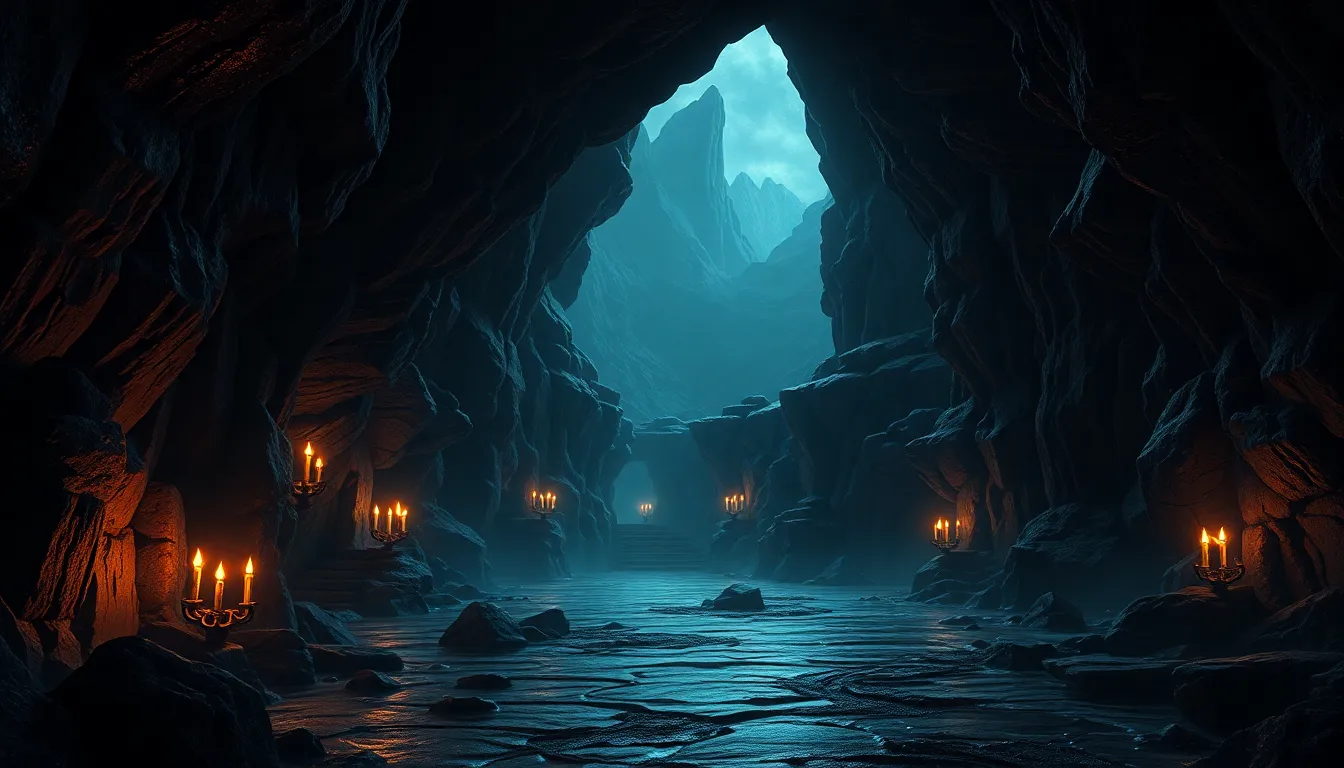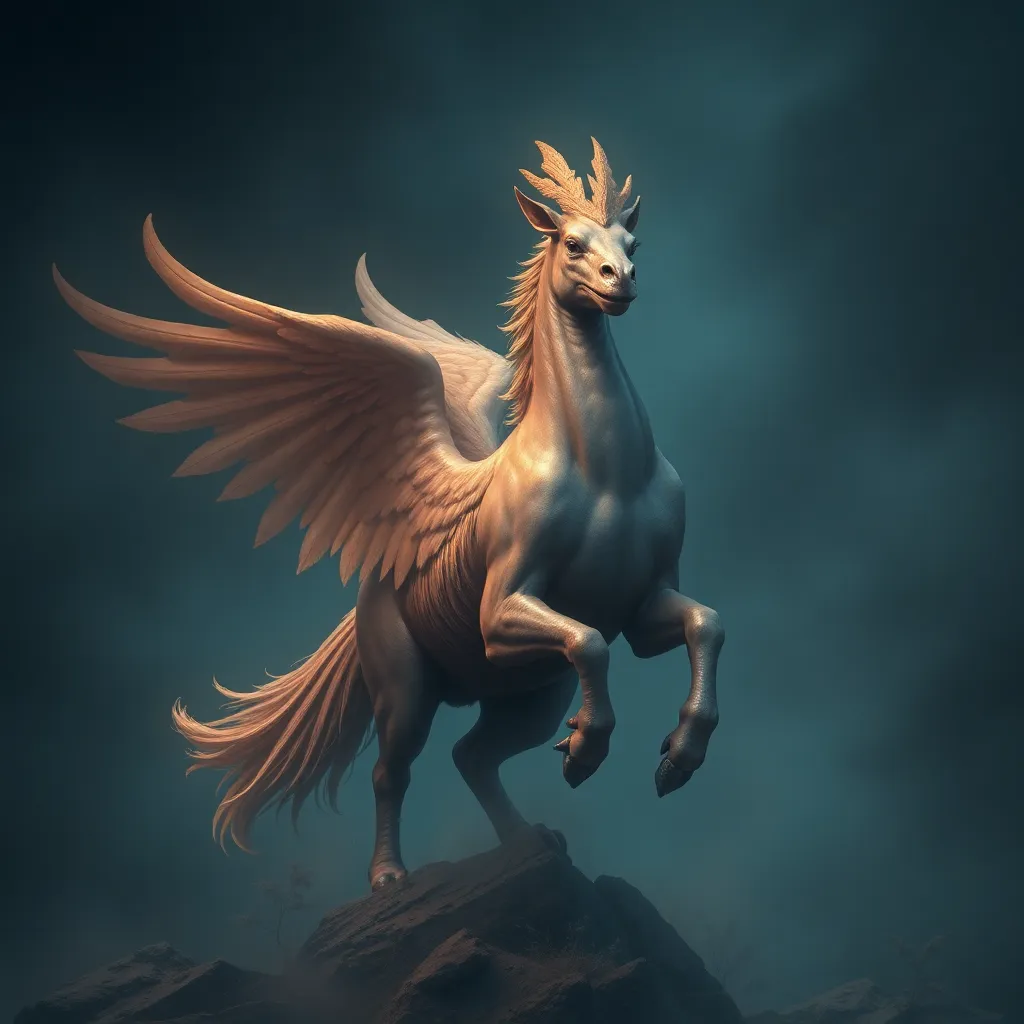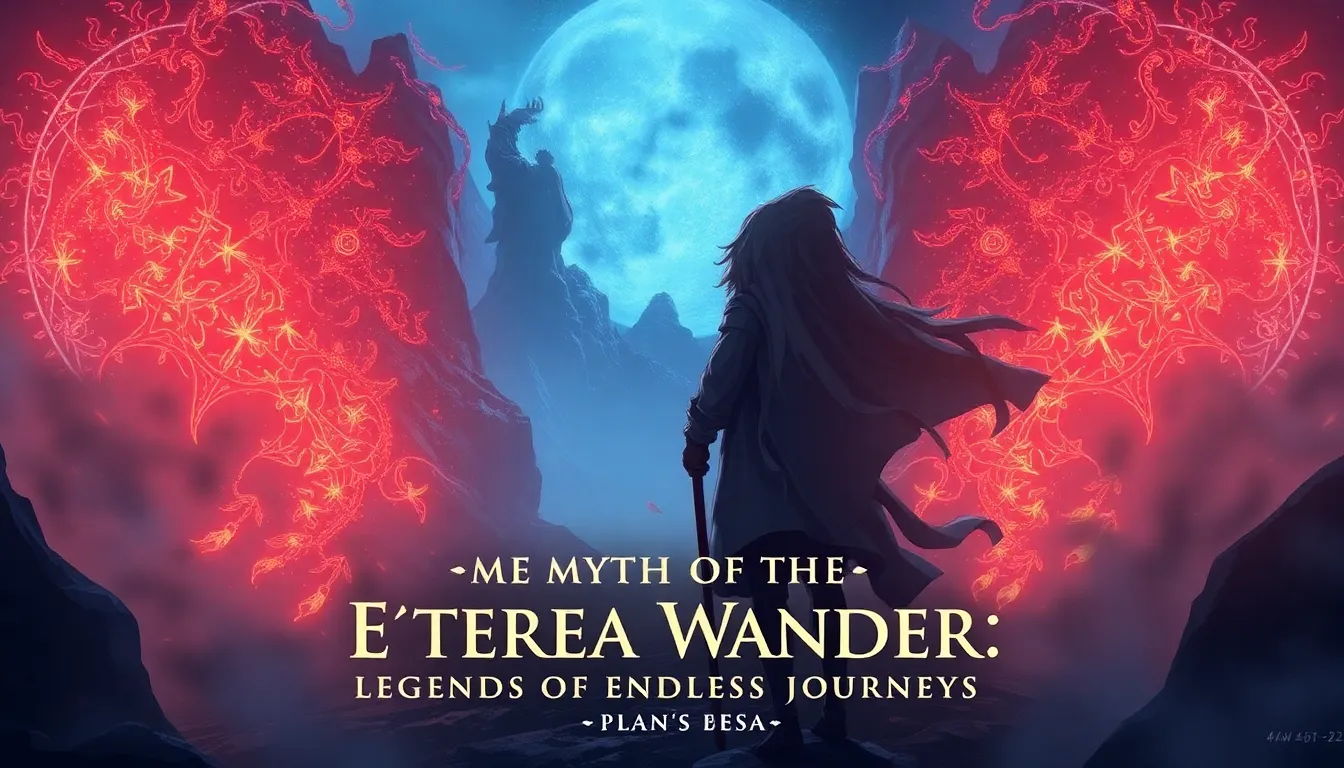The Underworld: A Mythical Realm of Shadows and Secrets
I. Introduction to the Underworld
The Underworld is a central theme in mythology, representing a realm where the dead reside and where mysteries and secrets thrive. It serves not only as a destination for souls but also as a metaphorical space for exploring themes of mortality, transformation, and the unknown.
Throughout history, various cultures have depicted the Underworld in unique ways, reflecting their beliefs about life, death, and the afterlife. This article aims to explore the significance of the Underworld in mythology, its historical roots, and its representation in different cultures, while also delving into the deeper meanings and symbolism inherent in these myths.
II. Historical Context: The Roots of Underworld Myths
Underworld myths date back to ancient civilizations, each contributing to the rich tapestry of beliefs surrounding life after death.
A. Ancient civilizations and their interpretations of the Underworld
1. Mesopotamian views
In Mesopotamian mythology, the Underworld, known as Kur, was a dreary place where all souls went after death. It was ruled by the goddess Ereshkigal, and the dead were thought to lead a shadowy existence, devoid of joy.
2. Egyptian beliefs
Contrasting with Mesopotamian views, the Egyptians envisioned the Underworld, or Duat, as a complex realm filled with challenges. The journey through Duat involved navigating various obstacles, judged by Osiris, the god of the afterlife, to determine one’s fate in the afterlife.
Beyond these ancient views, the Underworld concept evolved significantly in Greek and Roman mythology, influenced by earlier civilizations and contributing to a broader understanding of life after death.
III. The Underworld in Different Cultures
Across cultures, interpretations of the Underworld vary greatly, each providing a unique lens through which to understand death and the afterlife.
A. Greek Mythology: Hades and the Realm of the Dead
In Greek mythology, the Underworld is personified by Hades, the god who rules over the dead. The realm itself is divided into various sections, including Elysium for the virtuous and Tartarus for the wicked.
B. Norse Mythology: Hel and the Afterlife
In Norse beliefs, Hel is both a goddess and the name of the realm where souls of the deceased reside, particularly those who did not die a heroic death. This realm is often depicted as a cold and murky place.
C. Hinduism: Naraka and the cycle of rebirth
Hinduism introduces the concept of Naraka, a temporary hell where souls undergo punishment before being reborn. This cycle of death and rebirth (samsara) is central to Hindu beliefs about life and the afterlife.
D. Indigenous beliefs: The Spirit World and ancestral realms
Many Indigenous cultures view the Underworld as a Spirit World, where ancestors reside and guide the living. This connection to ancestry emphasizes the importance of heritage and the continuous bond between the living and the dead.
IV. The Structure of the Underworld: A Journey through Its Layers
The geography of the Underworld varies among cultures but often features significant rivers and barriers that souls must cross to reach their final resting place.
A. Descriptions of the Underworld’s geography
1. Rivers and barriers (e.g., Styx, Acheron)
In Greek mythology, the River Styx serves as a boundary between the living and the dead, with Charon as the ferryman transporting souls across its waters. The Acheron is another river associated with pain and sorrow, where souls are believed to dwell before entering Hades.
2. Different realms within the Underworld
Each culture has distinct realms within their Underworld. For example, the Greek Underworld includes:
- Elysium: A paradise for heroes and the virtuous.
- Tartarus: A dungeon of torment for the wicked.
- The Asphodel Meadows: A neutral zone for ordinary souls.
B. The significance of each layer or realm
Each layer or realm in the Underworld serves a purpose, often reflecting the moral beliefs of the culture. They symbolize the consequences of one’s actions during life and the journey of the soul after death.
C. Symbolism of descent into the Underworld
The journey into the Underworld is often depicted as a descent, symbolizing a confrontation with one’s fears, regrets, and the inevitability of death. This descent can be seen as a transformative experience leading to rebirth or enlightenment.
V. Deities and Figures of the Underworld
Numerous deities and figures are associated with the Underworld, each playing a crucial role in the myths surrounding death and the afterlife.
A. Key deities associated with the Underworld
1. Hades (Greek)
Hades, the god of the Underworld, is often misunderstood as a figure of evil; however, he merely governs the realm of the dead.
2. Osiris (Egyptian)
Osiris, a symbol of resurrection, judges the souls of the deceased, determining their fate in the afterlife.
3. Yama (Hindu)
Yama, the god of death in Hinduism, guides souls to their next life and oversees the cycle of rebirth.
B. Other significant figures and their roles
Figures like Charon, the ferryman of Hades, and Anubis, the Egyptian god who prepares the dead for the afterlife, also play vital roles in the Underworld narratives.
C. The duality of Underworld figures: Judges and guides
Many Underworld figures embody a dual nature, acting as both judges and guides. They assess the worth of souls while also providing them with the means to navigate the challenges of the afterlife.
VI. The Role of the Underworld in Mythical Narratives
The Underworld serves as a powerful narrative device in myths, often acting as a backdrop for themes of heroism, transformation, and redemption.
A. Common themes involving the Underworld in myths
Common themes include:
- The inevitability of death
- The quest for knowledge
- Transformation through trials
B. Heroic journeys and quests that involve the Underworld
Many heroes embark on journeys to the Underworld, facing challenges that test their courage and resolve. Notable examples include:
1. Orpheus and Eurydice
Orpheus travels to the Underworld to retrieve his beloved Eurydice, demonstrating the power of love and music.
2. The Twelve Labors of Heracles
Heracles’ descent into the Underworld is one of his twelve labors, symbolizing his strength and the overarching theme of redemption.
C. The Underworld as a place of transformation and renewal
Ultimately, the Underworld is portrayed not just as a final destination but as a place of transformation where souls undergo significant changes, often leading to a renewed understanding of life.
VII. Symbolism and Allegory in Underworld Myths
Underworld myths are rich in symbolism and allegory, providing insights into cultural beliefs about death and the human experience.
A. The Underworld as a metaphor for death and the afterlife
The Underworld often symbolizes the unknown aspects of death and the fear associated with it, serving as a reminder of mortality.
B. Psychological interpretations: The subconscious and fears
From a psychological perspective, the Underworld can represent the subconscious, a space where fears and unresolved issues are confronted.
C. Social and moral lessons derived from Underworld stories
Many Underworld myths convey moral lessons, such as the importance of living virtuously, the consequences of one’s actions, and the need for respect towards ancestors and the dead.
VIII. Conclusion
The Underworld, with its myriad interpretations and representations, continues to fascinate and inspire. It serves as a powerful reminder of the complexities of life, death, and the human condition. By examining the Underworld across various cultures, we gain a deeper understanding of how societies have grappled with the mysteries of existence and the inevitable journey into the realms beyond.



